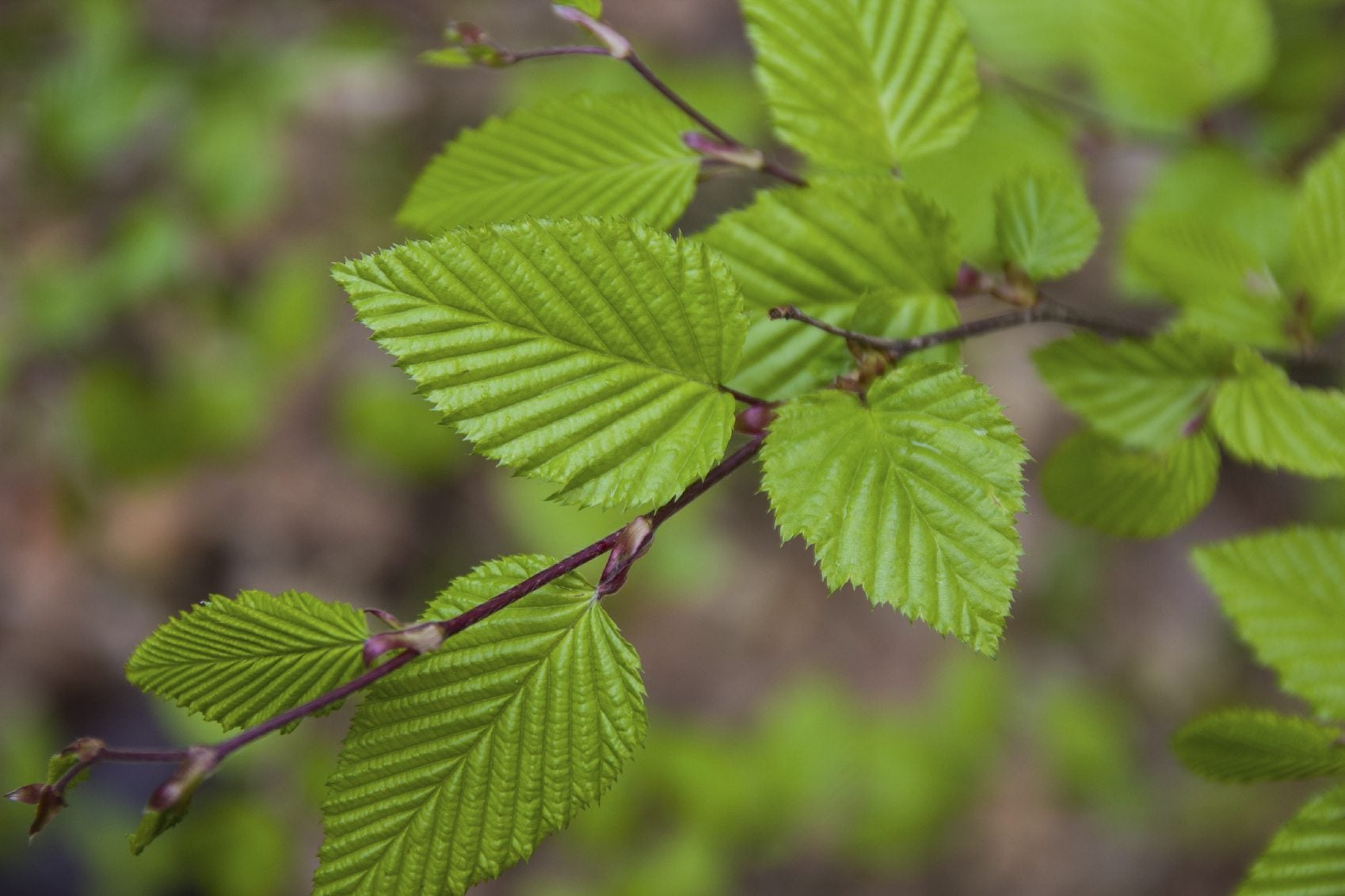Hornbeam Varieties For Landscapes: Hornbeam Care And Growing Info


A lovely shade tree suitable for most settings, American hornbeams are compact trees that fit the scale of the average home landscape perfectly. The hornbeam tree info in this article will help you decide whether the tree is right for you, and tell you how to care for it.
Hornbeam Tree Info
Hornbeams, also known as ironwood and musclewood, get their common names from their strong wood, which rarely cracks or splits. In fact, early pioneers found these trees ideal for making mallets and other tools as well as bowls and dishes.
They are small trees that serve many purposes in the home landscape. In the shade of other trees, they have an attractive, open shape, but in sunlight, they have a tight, dense growth pattern. You'll enjoy the hanging, hop-like fruit that dangles from the branches until fall.
As autumn arrives, the tree comes alive with colorful foliage in shades of orange, red and yellow. Hornbeam trees provide top quality shade for both humans and wildlife. Birds and small mammals find shelter and nesting sites among the branches, and eat the fruit and nutlets that appear later in the year. The tree is an excellent choice for attracting wildlife, including some highly desirable songbirds and swallowtail butterflies.
Rabbits, beavers and white-tailed deer feed on the leaves and twigs. Beavers use the tree extensively, probably because it grows abundantly in habitats where beavers are found. Additionally, children love hornbeams, which have strong, low-growing branches that are perfect for climbing.
Hornbeam Varieties
American hornbeams (Carpinus caroliniana) are by far the most popular of the hornbeams grown in the U.S. Another common name for this tree is blue beech, which comes from the blue-gray color of its bark. It is a native understory tree in forests in the Eastern half of the U.S. and southernmost Canada.
Most landscapes can handle this medium-sized tree. It can grow up to 30 feet (9 m.) tall in the open but in a shady or protected location it isn't likely to exceed 20 feet (6 m.). The spread of its sturdy branches is nearly equal to its height. The smallest hornbeam variety is the Japanese hornbeam (Carpinus japonica). Its small size allows it to fit into tiny yards and under power lines.
Sign up for the Gardening Know How newsletter today and receive a free copy of our e-book "How to Grow Delicious Tomatoes".
The leaves are light and easily cleaned up. You can prune Japanese hornbeams as bonsai specimens. The European hornbeam tree (Carpinus betulus) is seldom grown in the U.S. More than twice the height of American hornbeam, it is still a manageable size, but it grows incredibly slowly. Landscapers generally prefer trees that show faster results.
Hornbeam Care
Hornbeam growing conditions are found in all but the southernmost tips of the U.S., from U.S. Department of Agriculture plant hardiness zones 3 through 9. They grow in sun or shade and prefer organically rich soil. Young hornbeams need regular irrigation in the absence of rain, but they tolerate longer periods between waterings as they age.
Organic soil that holds moisture well can help cut down on the amount of supplemental watering. There is no need to fertilize hornbeam trees growing in good soil unless the foliage is pale or the tree is growing poorly. Hornbeam pruning depends on your needs. The tree requires very little pruning for good health. The branches are very strong and seldom require repair.
You can trim the branches up the trunk to make room for landscape maintenance if you'd like. The lower branches are best left intact if you have children who will enjoy climbing the tree.

Jackie Carroll has written over 500 articles for Gardening Know How on a wide range of topics.